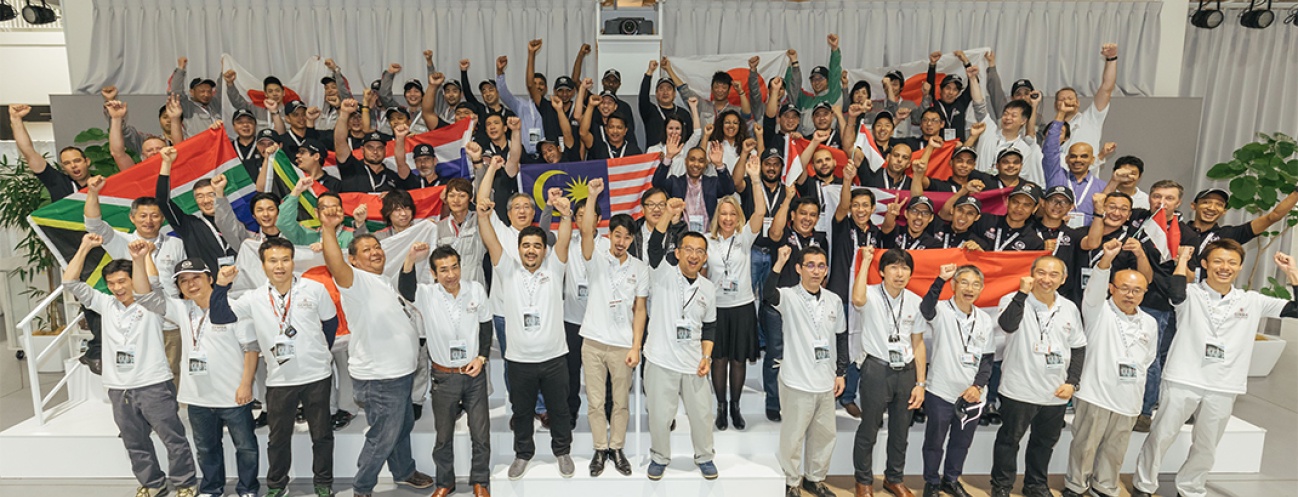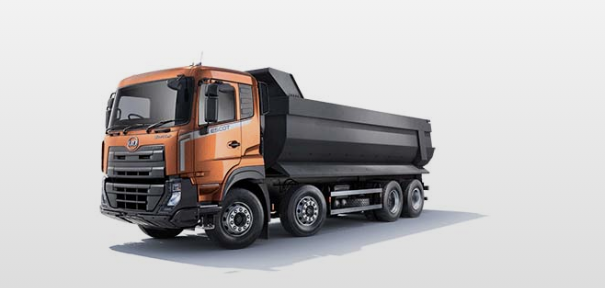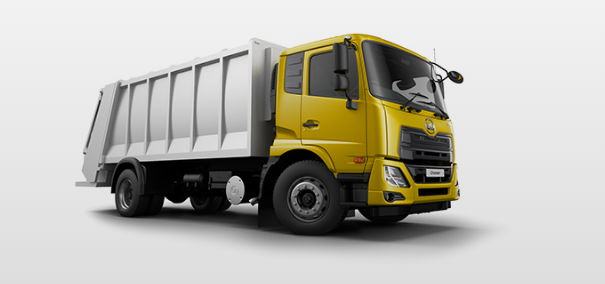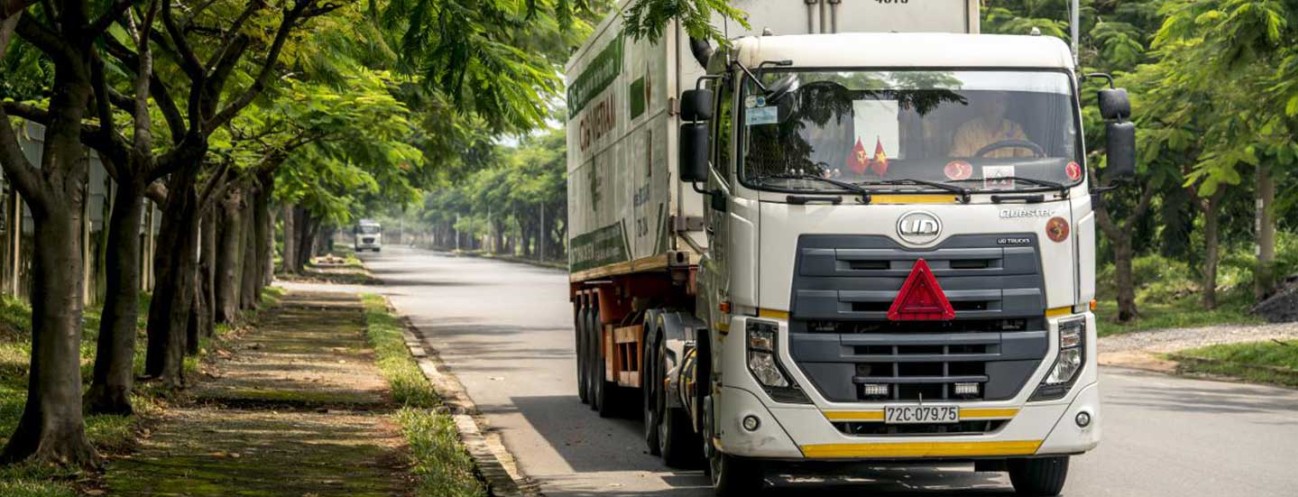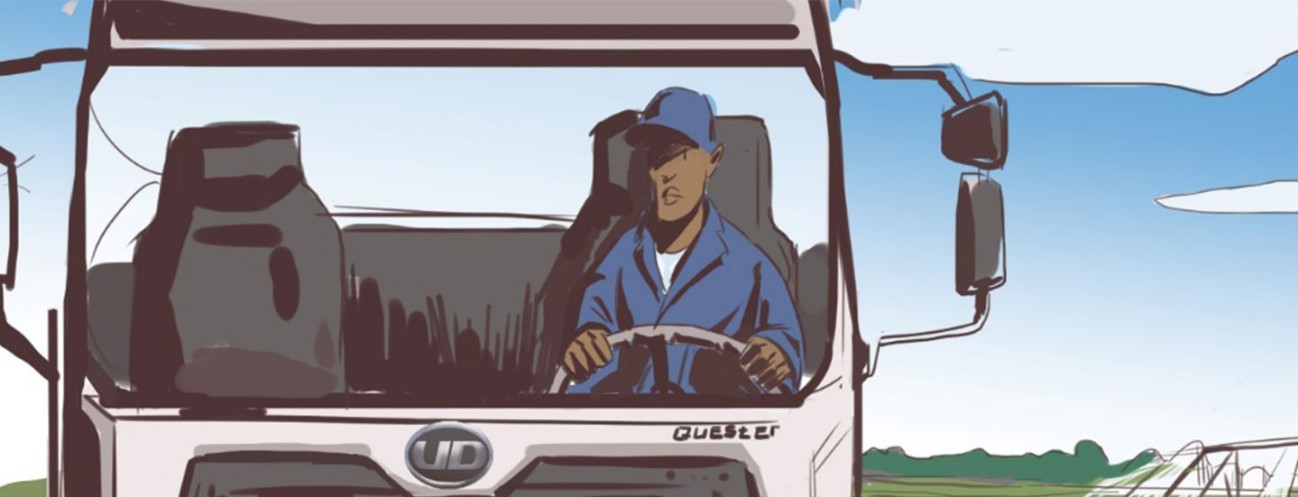The evolution continues
In 2007, the company joined Volvo Group. The first achievement of this union, reflecting a deep and strong collaboration, materialized as a full-model change of the Condor series. In 2011, new Condor trucks adopted a completely overhauled cab design. While boosting a spacious interior, the cab contributed to outstanding fuel efficiency thanks to advanced aerodynamic performance.
Besides various interior comfort improvements, special effort was put on the safety of occupants in the event of a collision, with the adoption of highly rigid cab construction as well as knee protectors as standard equipment. Mechanically, Condor trucks were thoroughly redesigned and received the new GH5TA engines that incorporated a newly developed common rail injection. As with the Quon series, Condors are also fitted with an exhaust gas after-treatment system that combines a urea selective catalytic reduction (SCR) system with UD Particulate Cleaning (UDPC) system to reduce both NOx and PM emissions. This helps boost the engine’s combustion efficiency while also raising fuel economy, power and torque, thereby achieving improved environmental performance. As a result, all Condor trucks are ahead of emission regulations as well as the 2015 fuel economy regulation standards for heavy-duty vehicles.
The Condor comes in a range of models to meet diverse needs, led by the 8-ton GVW (gross vehicle weight) MK series and including the 10-ton to 11-ton GVW LK series, the 14-15 ton GVW PK series, and a 20-ton GVW PW model. In 2016, the Condor range was expanded with a 6x4 PW 24 280 model, designed for the specific topography and needs of the Australian and New Zealand markets. The new model is a brilliant example of UD Trucks’ ability to combine local knowledge with international expertise and quality, with impressive speed to market. In 2017, a new Condor model was introduced in Japan, offering the customers a wider range of configurations to meet their transportation needs.
